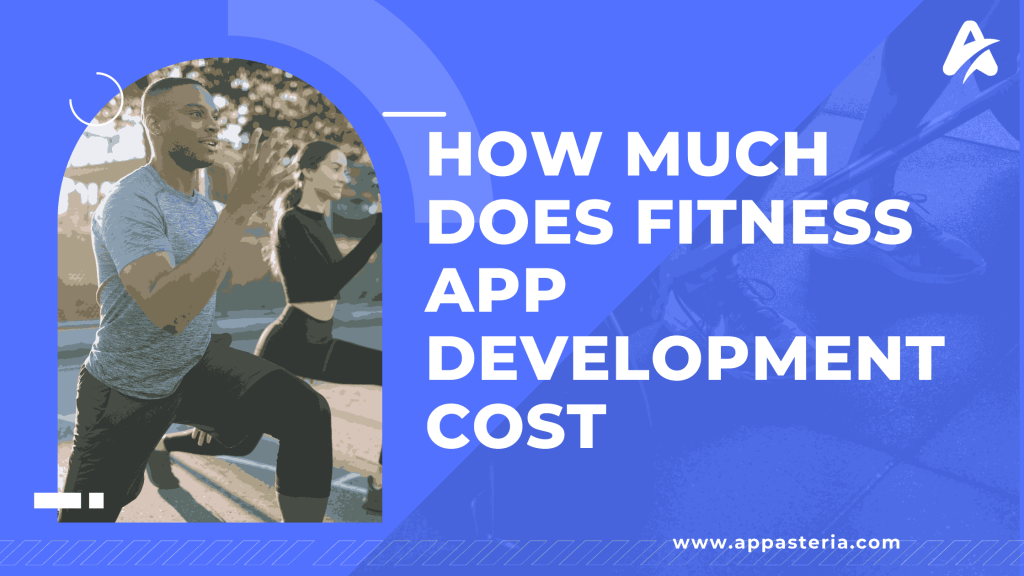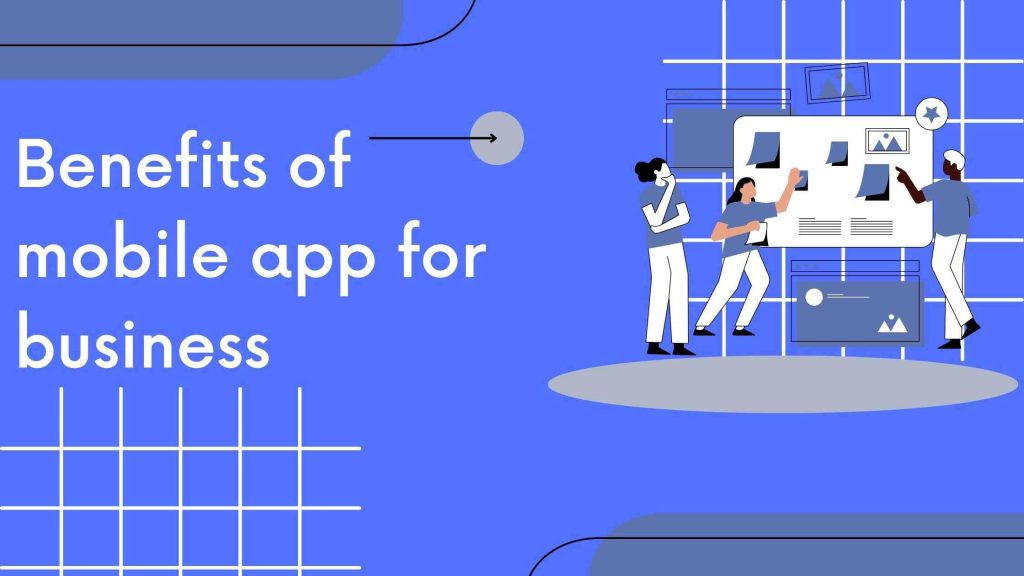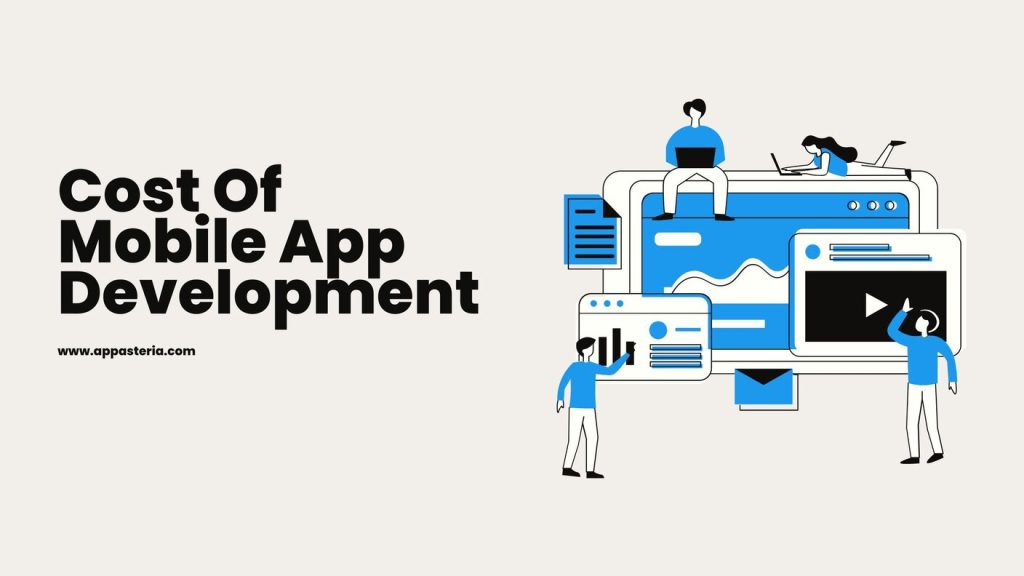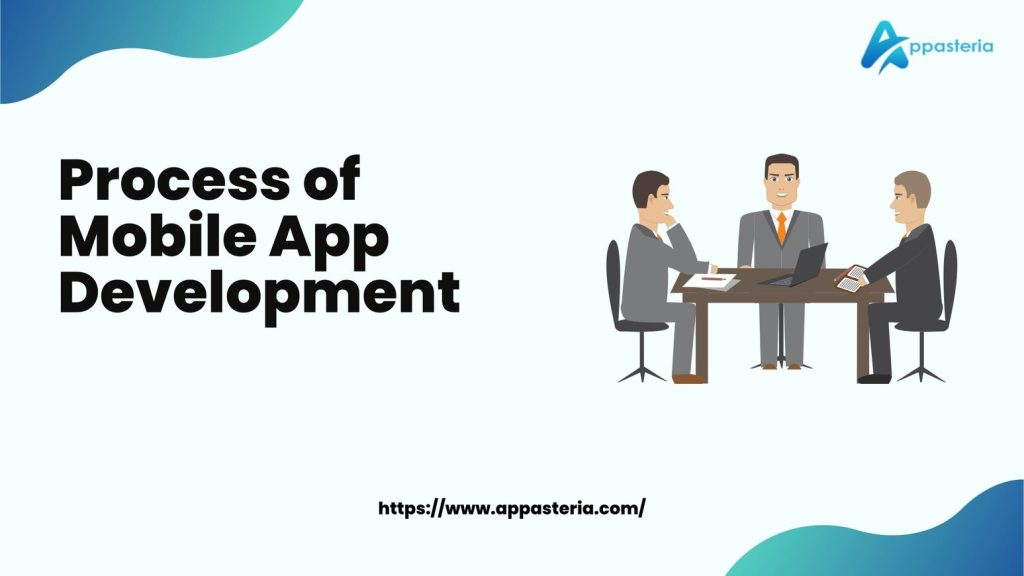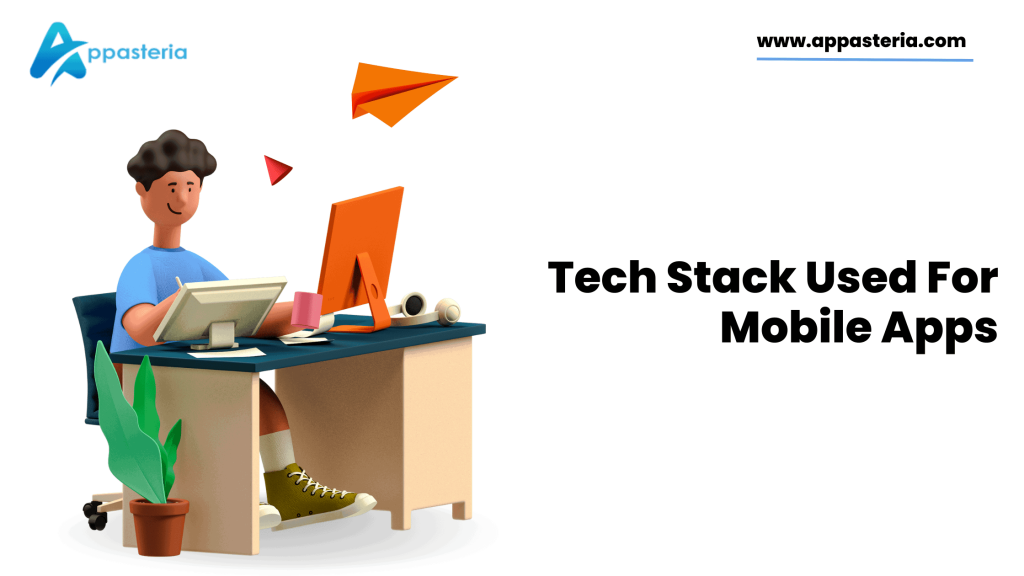According to GoodFirms, the most popular exercise method is fitness at home. The survey found that 56% of people exercise at home. And 40% of gyms use a mix of at-home and in-person workouts.
More companies in the sports industry are making fitness apps to keep up with the competition. The fitness app market is getting bigger. In 2021, the fitness market was worth about $5,500 million, but it’s expected to be worth over $25,450 million by 2027. That means it’s growing by 29.46% every year.
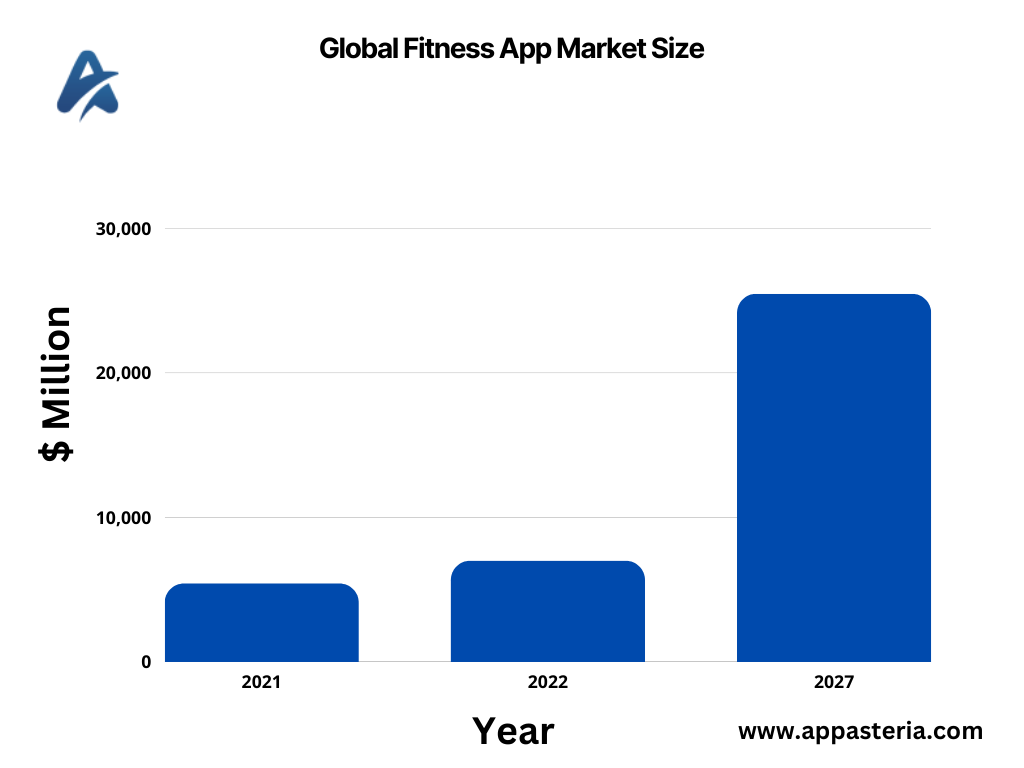
The fast growth of fitness apps is due to two things:
- COVID-19. Since the pandemic started, more people have cared about their health. They want to exercise and stay healthy.
- More people are using wearable devices. There are lots of wearable devices available now that are easy to use and can tell you important things about your body.
What is a Fitness App?
Here are four points to explain what a fitness app is:
- A fitness app is a mobile application that helps users to manage their health and fitness goals on their smartphones or tablets.
- These apps typically include workout tracking, calorie and nutrient tracking, personalised training plans, and goal-setting tools.
- Fitness apps can track various health metrics, such as steps taken, distance travelled, heart rate, and sleep patterns.
- Some fitness apps also offer social features, allowing users to connect with friends, share their progress, and access a community of like-minded individuals who can provide support and motivation.
Fitness App Development Cost
The cost of creating a fitness app can vary significantly depending on various factors, such as the complexity of the features, the platform(s) it will be made for, the development team’s experience and location, and the time it takes to complete the project.
On average, the cost of developing a fitness app can range from $10,000 to $150,000 or more. However, this is just an estimate, and the actual price may vary depending on your specific requirements and the features you want to include in your app.
Some of the best weight loss workout apps available on the market today include:

- MyFitnessPal is a popular app that helps users track their calorie intake and exercise routines.
- Fitbit is a comprehensive health and fitness tracking app with features like step tracking, sleep tracking, and heart rate monitoring.
- Nike Training Club is a personalised workout app that offers a wide range of workouts and training programs for users of all levels.
- 8fit – a fitness app that provides customised workout and meal plans tailored to the user’s fitness goals.
- Sworkit – an app that offers customisable workout plans based on the user’s fitness level and preferences.
When developing a fitness app, choosing the right features and functionalities that will make your app stand out from the competition and provide value to your users is essential.
Also, Read (App Development Cost)
How Long it Takes to Build a Fitness App
- The time it takes to make a fitness app can vary depending on the complexity of the features, the platforms it will be developed for, and the development team’s experience.
- On average, it can take anywhere from 3 to 9 months to build a fitness app.
- The development process typically involves several stages: planning, design, development, testing, and deployment.
- It’s essential to work closely with your development team to establish a clear timeline for your project and to be flexible, as unexpected issues or delays may arise during the development process.
Fitness App Development Cost Depends on the Following Factors

- Application type
- Feature
- Integration with external components
- Design complexity
- Platform and tech stack
- Development team composition
- Technical support and updates
Application Type
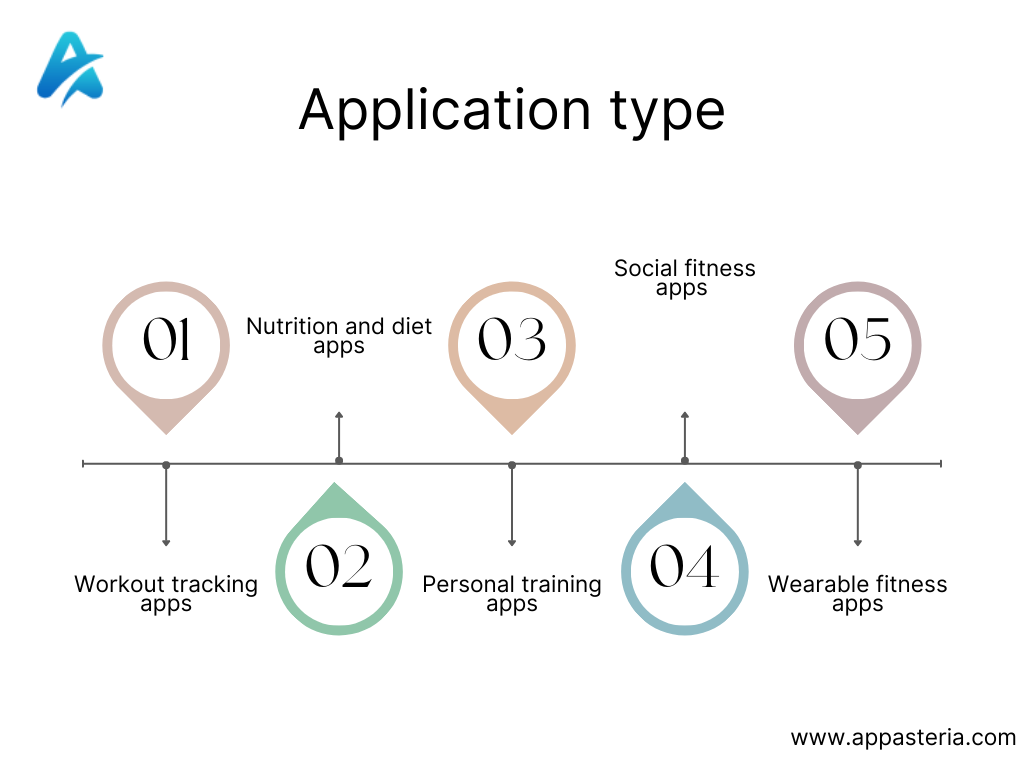
Fitness apps can be classified into various types based on their functionalities and target users, including:
- Workout tracking apps: This app allows users to track their workouts and fitness progress, such as the variety of actions taken, calories burned, and distance covered.
- Nutrition and diet apps: These apps help users to manage their diet and nutrition goals, such as tracking calorie intake and monitoring nutrients.
- Personal training apps: These apps provide users with personalised workout plans and training programs based on their fitness goals and experience level.
- Social fitness apps: This app enables users to connect with friends. Other users share their progress and compete in challenges to stay motivated.
- Wearable fitness apps: These apps are designed to work with wearable fitness devices. Such as smartwatches or fitness trackers, to track and monitor various health metrics.
Also Read (Benefits of Mobile App For Business)
Features
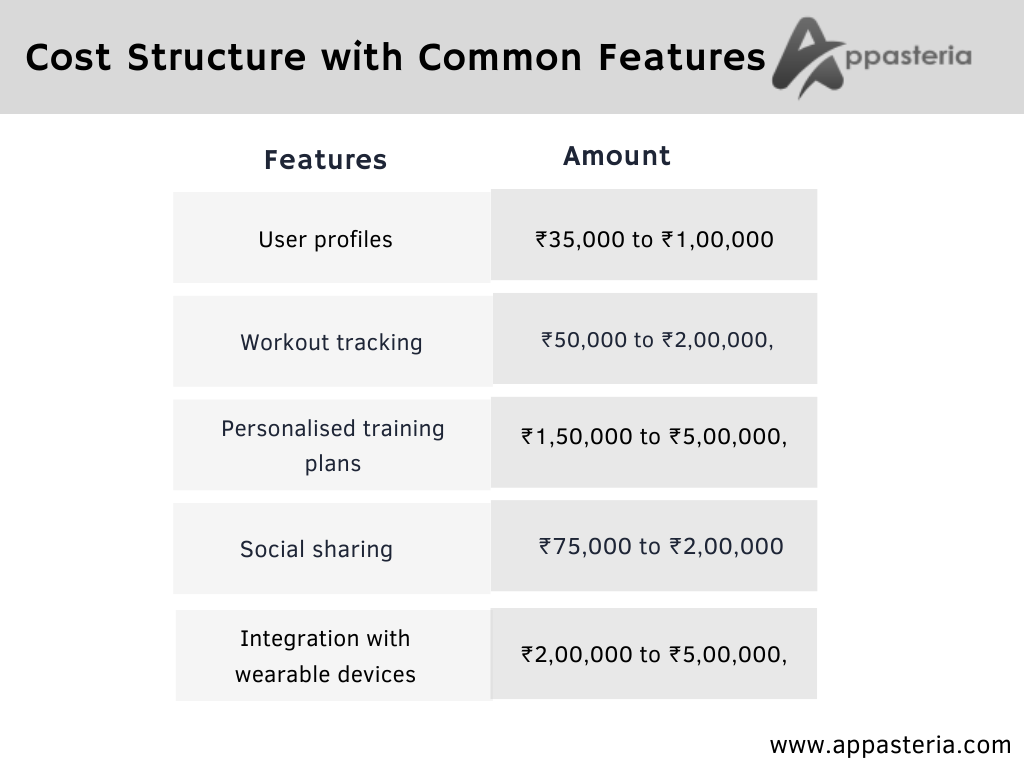
Here are some standard features of fitness app development, along with their estimated prices:
User Profiles
User profile creation is a common feature in fitness app development, and it typically costs between ₹35,000 to ₹1,00,000 to implement.
Workout Tracking
Implementing workout tracking features can cost anywhere from ₹50,000 to ₹2,00,000, depending on the complexity of the feature.
Personalised Training Plans
The development of customised training plans can cost between ₹1,50,000 to ₹5,00,000, depending on the level of customisation required.
Social Sharing
Social sharing features can cost between ₹75,000 to ₹2,00,000 to implement, depending on the complexity of the feature.
Integration with Wearable Devices
Integrating wearable fitness devices with fitness apps typically costs between ₹2,00,000 to ₹5,00,000, depending on the complexity of the integration.
It’s important to note that these prices are estimates. It can vary widely depending on the specific requirements of your fitness app. The costs mentioned here are based on recent market trends and may vary depending on the location and expertise of the development team. The final cost of development will depend on factors such as the app’s complexity, the platform you want to develop it for, and the experience level of the development team you hire.
Here are Some Advanced Features in Fitness App Development, along with their Estimated Costs
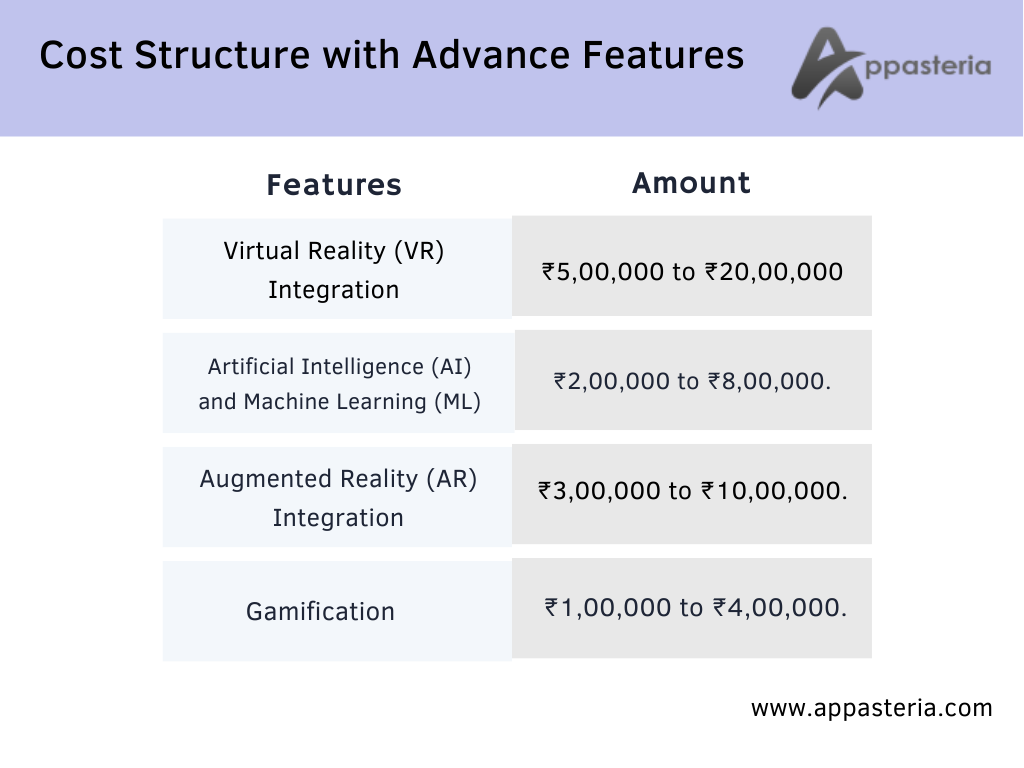
Virtual Reality (VR) Integration
Virtual Reality integration in fitness apps can provide users an immersive workout experience. The estimated cost of integrating VR into a fitness app can range from ₹5,00,000 to ₹20,00,000.
Artificial Intelligence (AI) and Machine Learning (ML)
Integrating AI and ML in fitness apps can provide users with personalised workout plans and suggestions. The estimated cost of integrating AI and ML in a fitness app can range from ₹2,00,000 to ₹8,00,000.
Augmented Reality (AR) Integration
Augmented Reality integration in fitness apps can provide users interactive and engaging workout experiences. The estimated cost of integrating AR in a fitness app can range from ₹3,00,000 to ₹10,00,000.
Gamification
Gamification of fitness apps can encourage users to stay motivated and busy in their fitness journey. The estimated cost of integrating gamification in a fitness app can range from ₹1,00,000 to ₹4,00,000.
It’s important to note that these are estimated costs, and the actual cost of integrating these advanced features will depend on several factors, including the complexity of the feature, the experience level of the development team, and the location of the development team.
Integration with External Components in a Fitness App
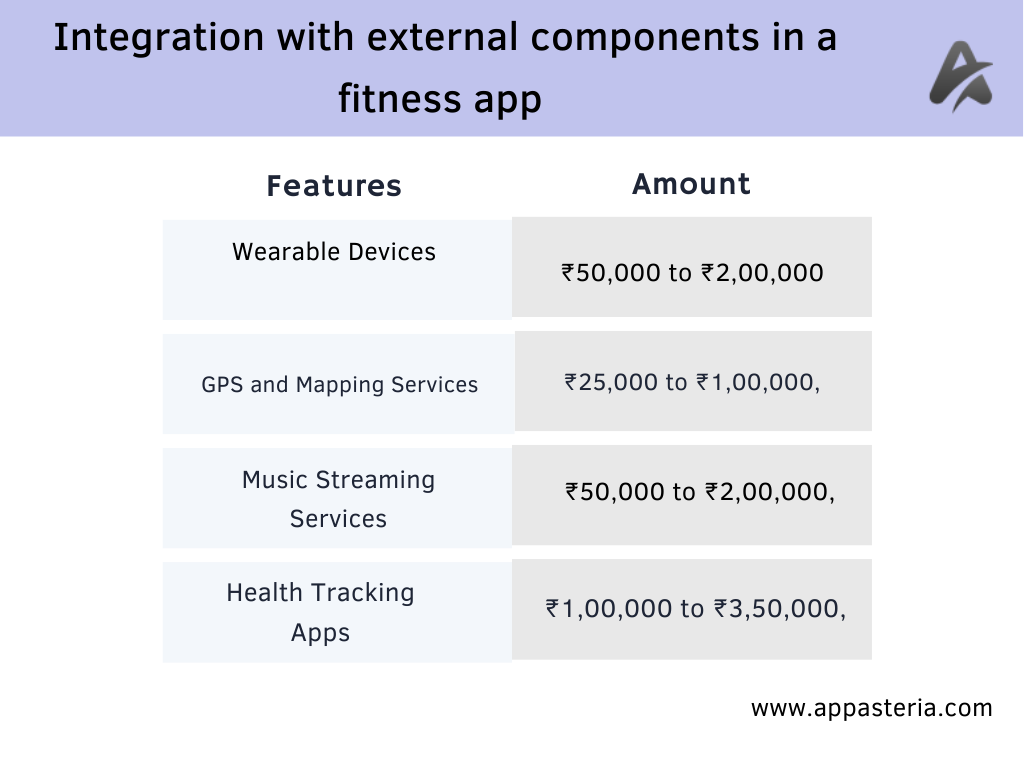
Wearable Devices
Integrating wearable fitness devices, such as fitness trackers or smartwatches, with a fitness app can cost between ₹50,000 to ₹2,00,000, depending on the complexity of the integration.
GPS and Mapping Services
Integrating GPS and mapping services can cost between ₹25,000 to ₹1,00,000, depending on the complexity of the integration.
Music Streaming Services
Integrating music streaming services such as Spotify, Apple Music, or Amazon Music can cost between ₹50,000 to ₹2,00,000, depending on the complexity of the integration.
Health Tracking Apps
Integrating with health tracking apps such as Apple Health or Google Fit can cost between ₹1,00,000 to ₹3,50,000, depending on the level of customisation required.
It’s important to note that these are estimated costs. And the actual cost of integration will depend on several factors, including the integration’s complexity. The development team’s experience level and the development team’s location.
Design Complexity
The design complexity of a fitness app refers to the level of intricacy and sophistication in the visual design of the app.
- It contains the app’s layout, colour scheme, typography, graphics, and other design elements.
- A highly complex design may require more time and resources, as it requires advanced design skills. May involve animations, custom illustrations, and other visual effects.
- The design complexity cost in a fitness app may vary depending on the design team’s specific design requirements and experience level.
Tech stack
Platform and tech stack of fitness app development refer to the technology infrastructure used to build and deploy the app on different platforms.
- This includes the programming languages, frameworks, libraries, tools used to develop the app, and the platforms on which the app will be available, such as iOS, Android, or the web.
- The platform and tech stack choice can significantly impact a fitness app’s development time, cost, and user experience.
For example, choosing a native platform (such as iOS or Android) may result in a more seamless user experience but require more development time and resources. Similarly, choosing the right tech stack (such as React Native or Flutter) can help streamline development, reduce bugs, and improve performance. Still, it may also require specific expertise and experience from the development team. Overall, the platform and tech stack chosen for fitness app development will depend on several factors, including the app’s target audience, budget, and functional requirements.
Development Team

The fitness app development team typically includes the following roles:
Project Manager
Overseeing the development process, communicating with the client, and ensuring the project stays on track. The estimated cost of hiring a project manager in India ranges from ₹50,000 to ₹1,50,000 per month.
UI/UX Designer
responsible for designing the app’s user interface and user experience. The estimated cost of hiring a UI/UX designer in India ranges from ₹25,000 to ₹1,00,000 per month.
Front-end Developer
responsible for developing the client side of the app, including the user interface and user experience. The estimated cost of hiring a front-end developer in India ranges from ₹30,000 to ₹1,20,000 monthly.
Back-end Developer
responsible for developing the app’s server side, including the database and server-side scripting. The estimated cost of hiring a back-end developer in India ranges from ₹40,000 to ₹1,50,000 per month.
Quality Assurance (QA) Engineer
responsible for testing the app to ensure it is bug-free and meets the required quality standards. The estimated cost of hiring a QA engineer in India ranges from ₹20,000 to ₹80,000 per month.
It’s important to note that these are estimated costs. The actual cost of hiring a fitness app development team in India may vary depending on several factors, including the team’s experience level, the app’s complexity, and the location of the development team.
Tech Support and Updates
Technical support and updates are critical aspects of fitness app development. Technical support ensures that users can get help and assistance when they encounter issues or have questions about the app. In contrast, updates ensure that the app stays up-to-date with the latest features, security patches, and bug fixes.
Typically, technical support and updates involve the following activities:
- Bug Fixes: Technical support involves identifying and fixing any bugs or issues that users may encounter while using the app. This may include working closely with the development team to identify the root cause of the problem and implement a fix.
- User Assistance: Technical support may also involve assisting and guiding users with questions or app issues. This may include providing email, phone, or chat support to users.
- App Updates: App updates involve releasing new versions of the app, including new features, security patches, and bug fixes. Updates may be released periodically (e.g., every few months) to ensure that the app stays up-to-date and relevant.
The cost of technical support and updates for fitness app development may vary depending on the level of support required, the complexity of the app, and the frequency of updates. In some cases, the development contract may include technical support and updates. In contrast, in other cases, they may be charged separately on an hourly or project basis.
How much does fitness app development cost on average?
The cost of developing a fitness app can vary widely depending on several aspects, including the app’s complexity, the features and functionality required, the platform and technology stack used, and the development team’s experience and location.
Here are some real-life examples of fitness app development projects in India and their estimated costs:
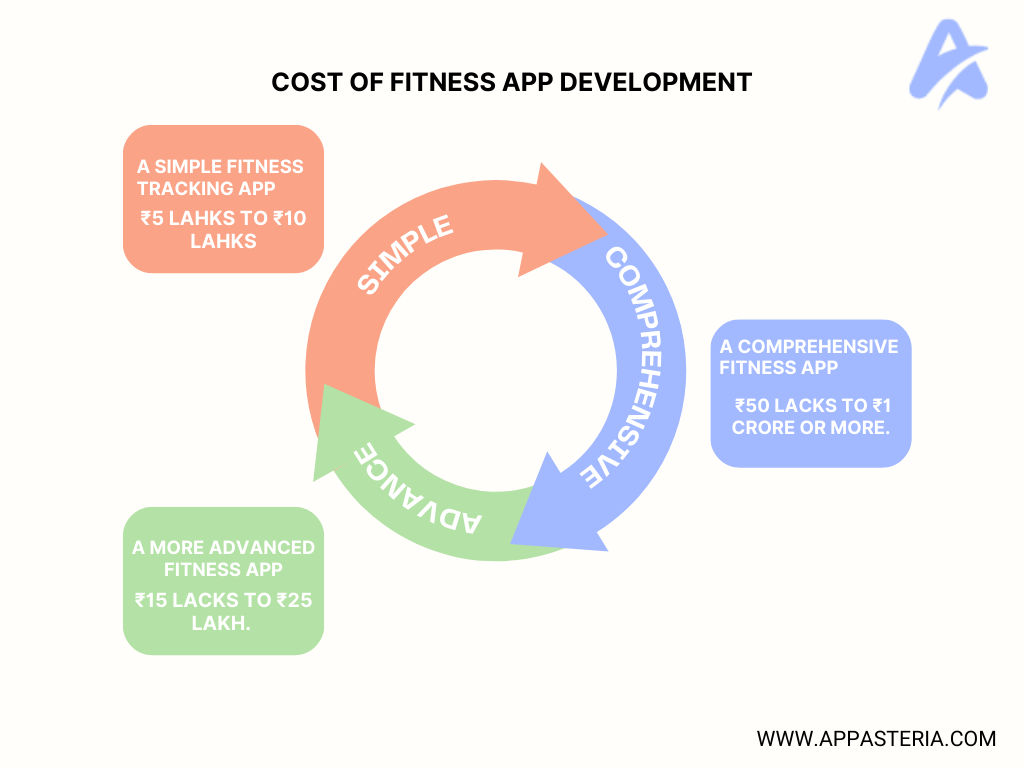
A simple fitness tracking app
Fitness app with essential features such as calorie, workout, and progress tracking. Estimated cost: ₹5 lahks to ₹10 lahks.
Advanced fitness app
More advanced features include customised workout plans, integration with wearable devices, social sharing, and personalised nutrition plans. Estimated cost: ₹15 lacks to ₹25 lakh.
A comprehensive fitness
Comprehensive app and wellness app with features such as virtual coaching, personal training, nutrition and meal planning, meditation and mindfulness exercises, and integration with medical devices. Estimated cost: ₹50 lacks to ₹1 crore or more.
It’s important to note that these are just calculations, and the actual cost of developing a fitness app in India may vary depending on several factors. It’s recommended to consult with a professional app development company to get a more accurate calculation based on your specific requirements and needs.
If you are going to start with fitness app development
Following are the steps you should take to get started:
Conduct market research
Conduct market research to understand user needs and preferences. This will help you identify key features and functionality that your app should include.
Create a product roadmap
Create a product roadmap that outlines the features and functionality required for the app and the timeline for development and launch.
Choose a development team
Choose a professional app development team with expertise in fitness app development. This team should include developers, designers, and quality assurance specialists.
Design and prototyping
Design the app’s user interface and user experience (UI/UX), and create prototypes to test and validate the app’s features and functionality.
Development
Develop the app, including back-end and front-end development, integration with external components, and testing.
Testing and quality assurance
Test the app thoroughly to ensure it meets the highest performance, usability, and security standards.
Deployment and launch
Once the app has been tested and approved, deploy it to the app store (e.g., Google Play, App Store) and launch it publicly.
Technical support and updates
Provide ongoing technical support to ensure the app stays up-to-date, secure, and relevant to users.
Working with a professional app development team ensures that each phase is executed smoothly and efficiently.
Also read : (Choosing Best Technology Stack For Mobile App Development)
Wrapping Up
Suppose you want to be one of the leaders in fitness technology, like the ones mentioned earlier. In that case, you’ll need to create a mobile app. If you want fitness app development, don’t hesitate to contact us. We will help you in the creation of your dream app. It’s essential to remember that app development is an ongoing expense. Even after releasing your product, you must continue investing in it to fix bugs, integrate new features and updates, and provide customer support. So, it’s essential to plan for these expenses and budget accordingly to ensure the long-term success of your fitness app.
Also Read ( Ecommerce App Development Cost)
FAQs
What is the average cost of developing a fitness app?
The average cost to create a fitness app can range from $10,000 to $500,000 or more, depending on different factors such as the complexity of features, app platform (iOS or Android), design, and location of the app development company.
How much does it cost to hire a fitness app developer?
The cost to hire a fitness app developer can vary depending on their experience, skills, location, and project complexity. The hourly rate for a fitness app developer can range from $50 to $200 or more, depending on their expertise and location.
What features should I consider when building a fitness app?
Some essential features to consider when building a fitness app include activity tracking, personalised workout plans, social sharing, nutritional tracking, goal setting, push notifications, and user analytics.
How much does it cost to integrate third-party APIs in a fitness app?
The cost to integrate third-party APIs (Application Programming Interfaces) in a fitness app can vary depending on the complexity and number of APIs required. The integration cost can range from $2,000 to $10,000 or more. Some common fitness-related APIs include Google Fit, Apple HealthKit, and Fitbit.
How long does it take to develop a fitness app?
The development timeline for a fitness app can vary depending on the app’s complexity and the development approach. A simple fitness app can take 4-6 months to develop, while a more complex app with advanced features and integrations can take up to a year or more. Discussing the project timeline with your app development team before starting the project is essential.

